New Zealand
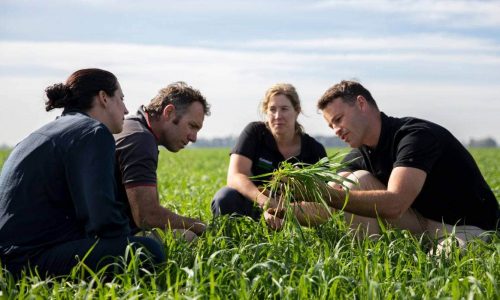
Why Performance Agronomy is the future of farming
The name Wholesale Seeds may not be new to you. Since 2007, they have evolved from being a product supplier to building a reputation for exceptional agronomy. Now, to meet the growing demand for their more specialised agronomy advice, hands-on services and tailored solutions, Wholesale Seeds is introducing a new brand – Catalyst Performance Agronomy.
Inspired by its meaning, (an agent that promotes or speeds significant change or action) ‘Catalyst’ resonates highly with the progressive nature of this business. “Our new brand has a lofty vision to reshape the New Zealand pastoral sector with industry-leading agronomic product and service delivery,” says CEO Patrick Davis.
Read More here…
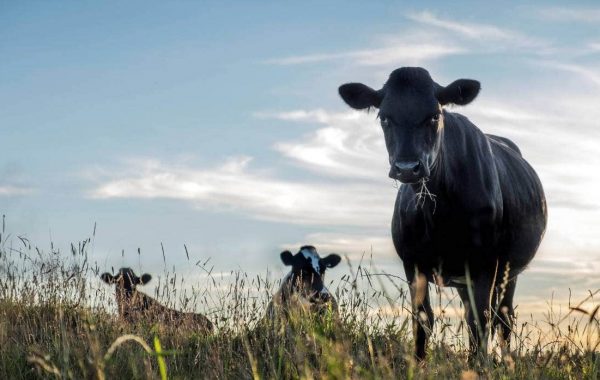
Dairy prices likely to stay stronger for longer as supply is constrained
Dairy prices are likely to remain stronger for longer as farmers are constrained in ramping up supply to meet robust demand, analysts say.
BNZ on Friday raised its expectation for Fonterra’s forecast milk price for next season, to $7.80 per kilogram of milk solids, from $7 per kgMS. That’s higher than BNZ’s forecast for this season of $7.70 per kgMS.
Fonterra is due to make its first milk price forecast for next season by the end of this month. Expectations from the four major banks range from $7.30 per kgMS to $8 per kgMS.
Read More here…
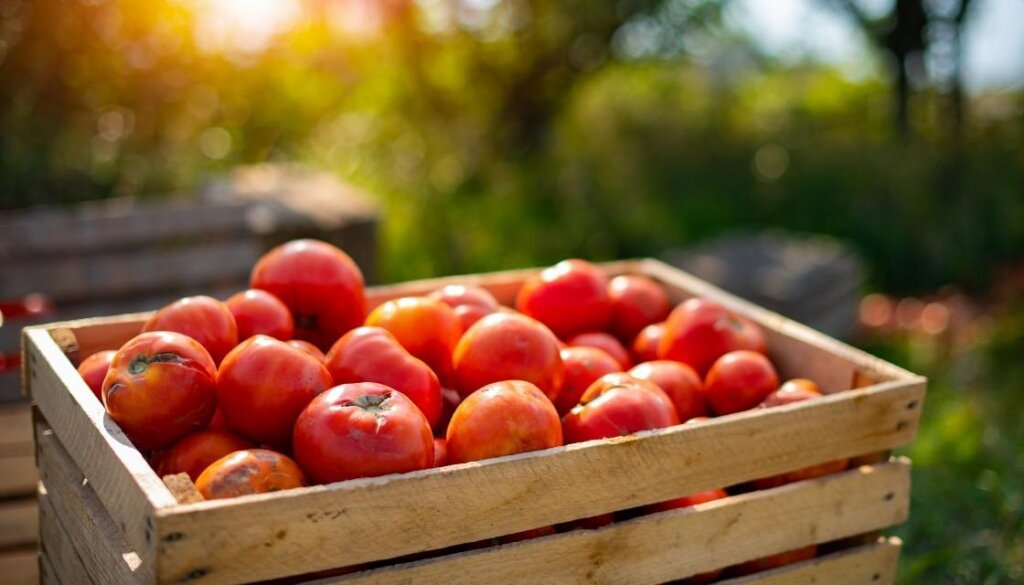
Uncertainty for growers drives up tomato prices
Tomatoes saw their biggest monthly price rise in 10 years last month, as growers face uncertainty for the year ahead.
Prices in April rose to a weighted average of $6.34/kg, compared to March when they cost $2.98/kg.
Despite more than doubling, prices were still down on the record high of $13.65/kg they reached in August last year, when the COVID-19 pandemic led to a tomato shortage.
Stats NZ consumer prices manager Katrina Dewbery said tomato prices have been “particularly low” over the last three months.
Read more here…

COVID-19 vaccines drive global demand for New Zealand wool grease
The grease which is a by-product of wool scouring is used in cosmetics, skincare and medicines.
New Zealand wool is high in cholesterol which can then be turned into vitamin D. The vitamin is in COVID-19 vaccines which is increasing demand for wool grease.
WoolWorks New Zealand is the only company in the country that produces and exports wool grease.
Its chief executive Nigel Hale said with global demand increasing prices were going up too.

Despite extra seasonal workers, uncertainty remains for wine industry ahead of winter pruning
With more seasonal workers soon to enter New Zealand, there is optimism in the wine industry ahead of the winter pruning season.
However, it is still “very much wait and see” as to whether there will be enough workers to stem the sector’s ongoing labour shortage.
Earlier this week the Government announced more than 2000 recognised seasonal employer (RSE) workers would be given space in managed isolation and quarantine (MIQ) facilities over the coming 10 months.
Around 300 RSE workers will arrive monthly from Pacific countries starting in June, with a total of 2400 arriving by March next year.
Read More here…
Australia
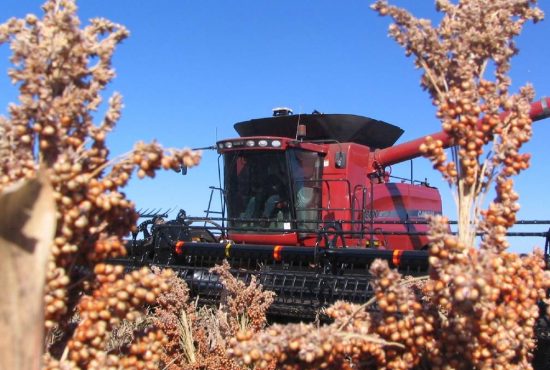
Sorghum season delivers windfall
THERE have been some issues with mice, but by and large the nation’s sorghum producers are delighted with a big crop.
In Queensland, there have been pockets advantaged by storm rainfall that have pushed the 8 tonne a hectare mark, with consistent yields around 4-4.5t/ha, while on the Liverpool Plains in NSW croppers have also been able to hit the 7-8t/ha mark where they have been able to avoid mouse damage.
Prices for the feed grain remain high, with Chinese demand from both the livestock feeder and alcohol manufacturing sectors strong.It means prices have held firm at around $270 a tonne delivered upcountry or around $300/t port for quality product.
Read more here…

A day for a whisky, the water of life
THE WEATHER is cooling down and thoughts are turning from days at the beach to open fires and warm jackets.
The timing for World Whisky Day, which is on today, could not be more perfect for Australians who can mark the occasion with a warming dram.
World Whisky Day features a number of tastings, events and gatherings, but organisers have said the overarching goal is to make the drink fun.
Whisky distillers are becoming a small, but important, source of demand for premium Australian malt barley.
While whisky is very much associated with Scotland and Ireland, and, in recent years, Japan, there are now around 50 distillers in Australia producing whisky.
Read more here…
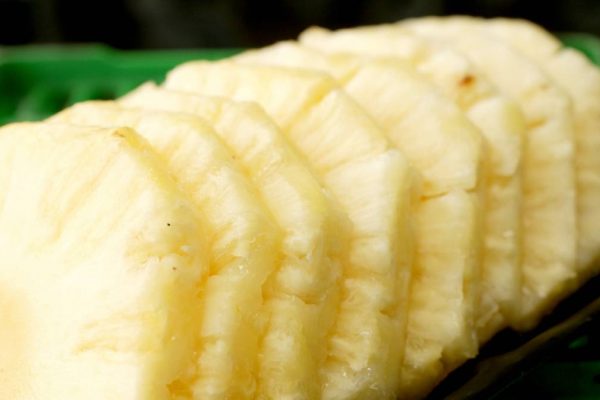
Pineapple industry heads to Bundaberg
AUSTRALIA’s pineapple industry will head to Bundaberg this July for the Golden Circle 2021 Pineapple Field Days.
Delivered by Growcom on behalf of the Australian pineapple industry, the two-day event will include information sessions, practical field walks, gala dinner and a trade show.
The event will be a major drawcard for growers, researchers, and supply chain operators.
Australian Pineapples chairman Stephen Pace said he is excited for the return of the Pineapple Field Days this year, after the event was cancelled in 2020 because of covid restrictions.
Read more here…
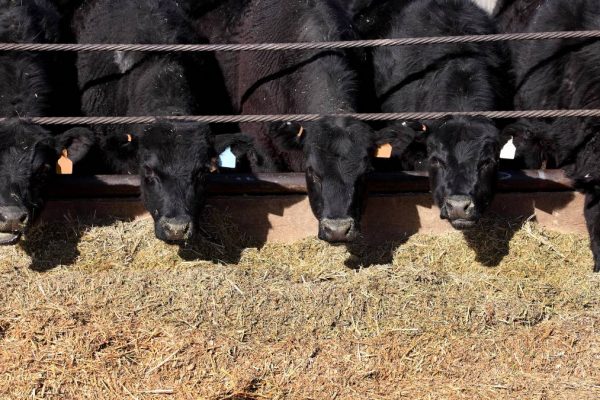
Feed additive delivers 90pc methane emission in feedlots
Meat & Livestock Australia recently tested the use of Bovaer, a feed additive developed by DSM to reduce enteric methane emissions, in Australian feedlot operations.
Bovaer is designed to inhibit the last step of methane production in ruminant animals. It is broken down to natural products during the process.
The trial was completed at the University of New England and tested Bovaer under different inclusion rates. Methane reductions of 90 per cent were observed, with no negative effects on animal performance.
The results were presented this week at a webinar “Moving towards carbon neutrality” hosted by Australian Lot Feeders’ Association.
Read more here…
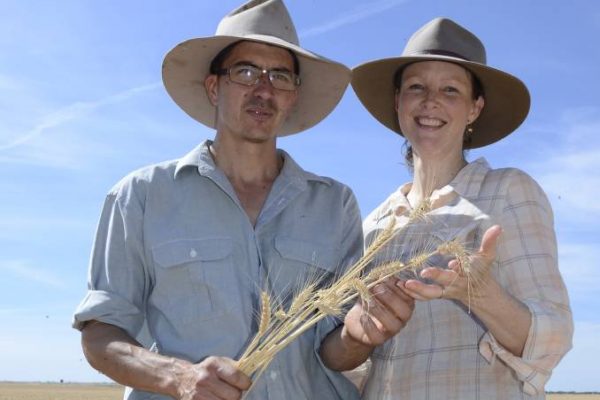
Organic farmers push to improve soil structure in the dry
A BELIEF that conventional cropping systems will struggle to be sustainable has led a South Australian farming couple to tackle the challenge of an organic broadacre cropping business.
Josh and Peri McIntosh, Nadda, south-east of Loxton, are farming their Border Park property according to organic principles.
The property has been certified organic since 1996, but Mr McIntosh said some tweaks in recent years were ironing out some of the major issues with organic cropping.
“One of the major problems I had with organic cropping was that it relied so heavily on cultivation, which in turn had a detrimental impact on the soil,” Mr McIntosh said.
Read more here…
South America
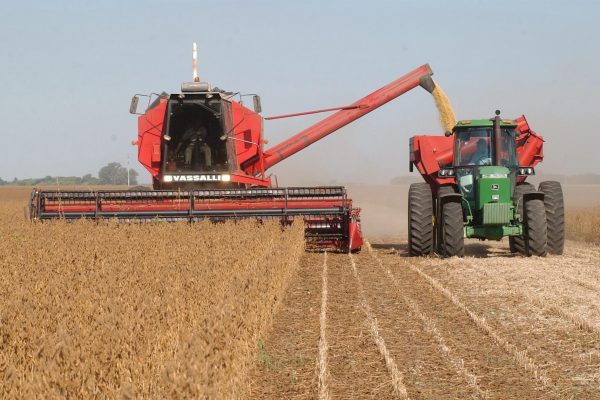
Will Argentina squeeze exporters as soybeans rise above US $ 600 in Chicago?
Argentine economists are eyeing the recent increase in the international price of soybeans as some sort of light at the end of the tunnel following a severe recession, high indebtedness amid the coronavirus pandemic.
The rise of the oilseed above 600 dollars per ton in the Chicago market would translate into a greater and genuine inflow of foreign exchange for the country, also improving the prospects for tax collection.
It is now rumored that the Governor of Buenos Aires Axel Kicillof, a former Economy Minister under former President Cristina Fernández de Kirchner, who -by the way- is running the country now as Vice President while Alberto Fernández is on his European tour, is in favor of a 5% increase in tax exports (already at 33%).
Read More here…
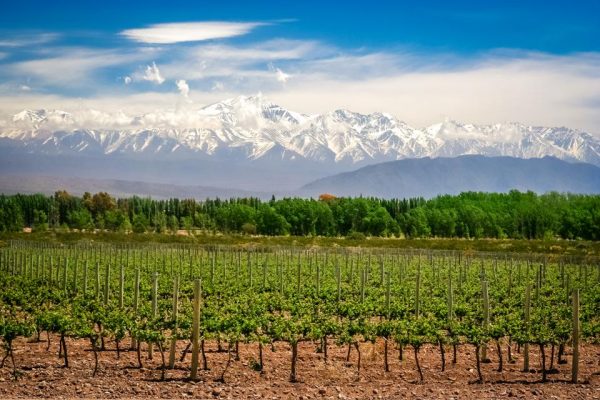
High prices drive Argentina agricultural exports to record high
BUENOS AIRES (Reuters) – High international grain and oilseed prices drove Argentine agricultural exports to a record high $9.755 billion in the first four months of 2021, the CIARA-CEC chamber of export companies said on Thursday.
The previous record was $8.408 billion reported in January-April 2016, the chamber said in a report. The South American grains powerhouse is the world’s No. 3 corn exporter and its top supplier of soymeal livestock feed used to fatten hogs and poultry from Europe to Southeast Asia.
CIARA-CEC said idle capacity of Argentina’s grain processing industry fell to between 38% and 41% in the first three months of the year, after a record in soybean milling was reached in March, when 3.39 million tonnes of the oilseed were processed.
Read More here
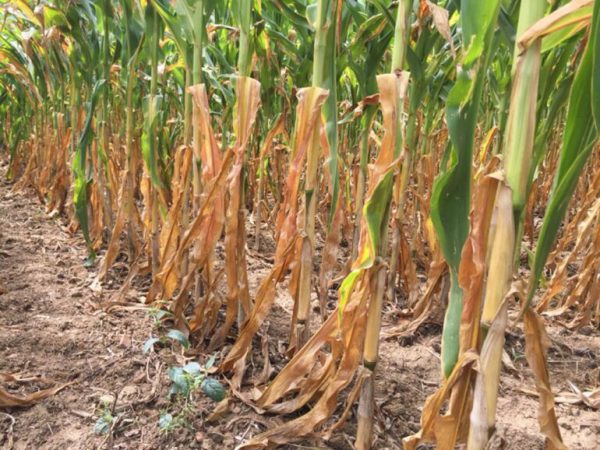
Drought impacting most Brazilian corn farms
In Brazil it all started with weather issues last year: soybean planting was delayed, that then turned into the soybean harvest delay, and is now dragging onto the safrinha (second crop) corn. The lack of rain in important producing regions (a great share of Brazil’s territory) in the past weeks may limit the crop yield in about 40% of the impacted acres.
“We planted with a delay of three weeks in comparison to 2020,” says Rogério Berwanger from Itapiranga Farm, a 2,800-acre farm in Mato Grosso. “It rained 1.25 inches (32 millimeters) so far. We are accounting a loss of around 30% to 50% in our farm’s total area. The final number will depend on how much it rains this May. The corn has already lost its height and potential.”
The price of corn continues higher and should remain like that for the next weeks, even with the start of the safrinha harvest.
Food Updates
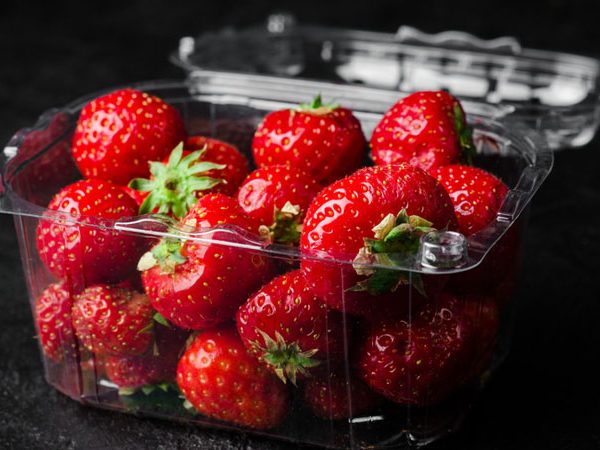
Strawberry root Salmonella contamination not a dietary risk
The research team concluded that Salmonella contamination via strawberry roots was not a food safety risk, but the possibility of surface contamination remains.
Strawberry production is one of the driving forces in the Spanish agriculture sector, being one of Europe’s most popular fruits. Their economic relevance, and the value that consumers assign them, make this fruit an object of scientific research from multiple perspectives, including that of food safety.
A research project undertaken by scientists from the University of Cordoba, including Liliana Pérez-Lavalle, Elena Carrasco, Pedro Vallesquino-Laguna, Manuel Cejudo, Guiomar Denisse Posada and Antonio Valero, has aimed to evaluate whether the Salmonella Thompson bacteria, one of the pathogens that can contaminate the fruit through sewage and/or the soil, could penetrate through the roots of strawberry plants (specifically, the ‘San Andreas’ variety) and reach the fruit.
Read more here…

Pink drinks can make you a better runner
Pink drinks can make you a better runner. A totally bizarre concept, yes, but a study undertaken by the Centre for Nutraceuticals in the University of Westminster has confirmed that pink beverages can indeed help you to run faster and further.
The study, published in the journal Frontiers in Nutrition, revealed that a pink drink can increase exercise performance by 4.4 percent and elicit a ‘feel good’ factor, making exercise seem easier and more enjoyable.
For the study, participants ran on a treadmill for a period of 30 minutes at a self-selected speed, ensuring their rate of exertion remained consistent.
Read more here…
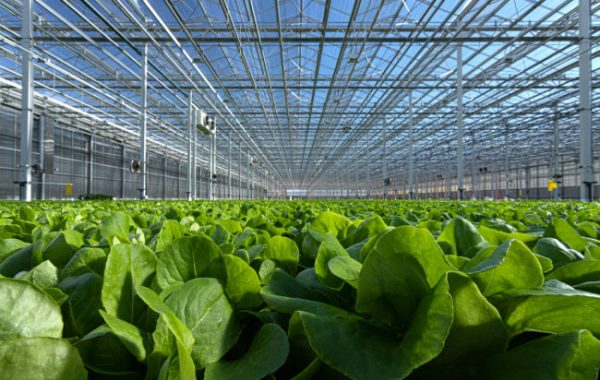
Revol Greens expands production of organic greens
OWATONNA, MINN. — After Revol Greens’ first-quarter launch of USDA Certified Organic Spring Mix, Green & Red Duo, and Romaine Crunch, the line has quickly sold out among new and existing customers. Now, the greenhouse lettuce grower is expanding its production capacity.
“We knew that our Plant Fed nutrient source would meet a unique need in the market, but interest is outpacing expectations,” said Brendon Krieg, vice president of sales and marketing. “Revol Greens is the only lettuce grower in the country providing USDA Certified Organic products for consumers seeking an option that is not only produced sustainably and locally but is also organically grown through a 100 percent plant-based process.”
Read more here…

St. Pierre Bakery identifies how pandemic has transformed eating habits
According to research from European bakery expert St. Pierre, 55 percent of the population have enjoyed not having the pressure of being somewhere at a specific time, with 35 percent agreeing that lockdowns have made them ‘live slower’.
As a result of the pandemic, 47 percent say that time-keeping around meal times has shifted. The shift in consumer behavior around meal times means shoppers are looking for versatile products that can work for breakfast, lunch and dinner. With National Brioche Day set to take place on Friday, May 14, sales of America’s number one brioche brand are up 48 percent year on year, with 43 percent of brioche consumers saying they opt for the enriched French dough because of its versatility.
Read more here…
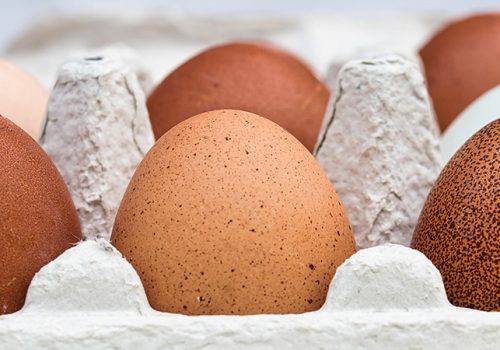
Can you grow enough protein in your backyard?
Researchers in the US are advocating for more people to grow their own protein and use their backyard as an asset to cope with supply chain disruptions and make the country more sustainable.
Many turned to gathering their own eggs as the COVID-19 pandemic caused shortages in the US
In 2020, stores sold out of garden seed, coops and rabbit cages, disrupting the research of a group of scientists. Yet an unintended consequence of this was that those same scientists are now starting to get an idea of the amount protein people can grow in their backyards.
The 2020 meat shortages led many to wonder what to eat for protein when supply chains are disrupted. Some people turned to gathering eggs, raising animals and growing their own food.
Read more here…


